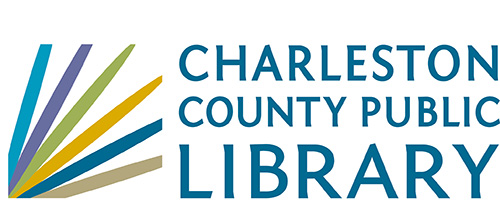Item request has been placed!
×
Item request cannot be made.
×

Processing Request
Mitigation of PBDE net discharge in hazardous waste thermal treatment system through reintroducion of sludge and fly ash into GASMILD operations.
Item request has been placed!
×
Item request cannot be made.
×

Processing Request
- Additional Information
- Source:
Publisher: Elsevier Science Ltd Country of Publication: England NLM ID: 0320657 Publication Model: Print-Electronic Cited Medium: Internet ISSN: 1879-1298 (Electronic) Linking ISSN: 00456535 NLM ISO Abbreviation: Chemosphere Subsets: MEDLINE
- Publication Information:
Publication: Oxford : Elsevier Science Ltd
Original Publication: Oxford, New York, : Pergamon Press.
- Subject Terms:
- Abstract:
The presence of polybrominated diphenyl ethers (PBDEs) in consumer products, waste treatment processes, and treated ashes poses a significant environmental threat. Due to the lack of research on the removal of PBDEs during waste incineration, this study investigated the effectiveness of a Hazardous Waste Thermal Treatment System (HAWTTS) utilizing reburning of sludge and fly ash (SFA) with gasification-moderate or intense low-oxygen dilution (GASMILD) combustion for PBDE removal. The closed-loop treatment of sludge and ash within the HAWTTS provides a potential pathway for near-zero PBDE emissions. The GASMILD combustion addresses potential combustion issues associated with fly ash recirculation. The system achieved an impressive overall removal efficiency of 98.4% for PBDEs, with minimal stack emissions (2.45 ng/Nm³) and a negative net discharge rate (-1.02 μg/h). GASMILD combustion played a crucial role (92.7%-97.6% destruction) in addressing challenges associated with high-moisture feedstocks and SFA residues. Debromination of highly brominated PBDEs occurred within the incinerator, resulting in an increased proportion of lower brominated PBDEs in the bottom slag compared to the feedstock. Air Pollution Control Devices (APCDs) achieved a total PBDE removal efficiency of 74.4%. However, the hydrophobic nature of PBDEs limited removal efficiency in scrubbers (36.0%) and cyclonic demisters (37.86%). This study demonstrates that reintroducing SFA into the GASMILD combustion process offers an effective and environmentally sustainable strategy for reducing net PBDE levels in hazardous waste. This approach also provides additional benefits such as energy conservation, reduced carbon emissions, and lower operating costs associated with secondary treatment of thermally treated byproducts.
Competing Interests: Declaration of competing interest The authors declare the following financial interests/personal relationships which may be considered as potential competing interests:Sheng-Lun Lin reports financial support was provided by National Science and Technology Council. If there are other authors, they declare that they have no known competing financial interests or personal relationships that could have appeared to influence the work reported in this paper.
(Copyright © 2024 Elsevier Ltd. All rights reserved.)
- Contributed Indexing:
Keywords: Air pollution control; Cyclonic demister; GASMILD; PBDE; Scrubber
- Accession Number:
0 (Coal Ash)
0 (Halogenated Diphenyl Ethers)
0 (Sewage)
0 (Hazardous Waste)
0 (Air Pollutants)
- Publication Date:
Date Created: 20240809 Date Completed: 20240925 Latest Revision: 20240925
- Publication Date:
20240925
- Accession Number:
10.1016/j.chemosphere.2024.143026
- Accession Number:
39121964
 Processing Request
Processing Request
 Processing Request
Processing Request


No Comments.